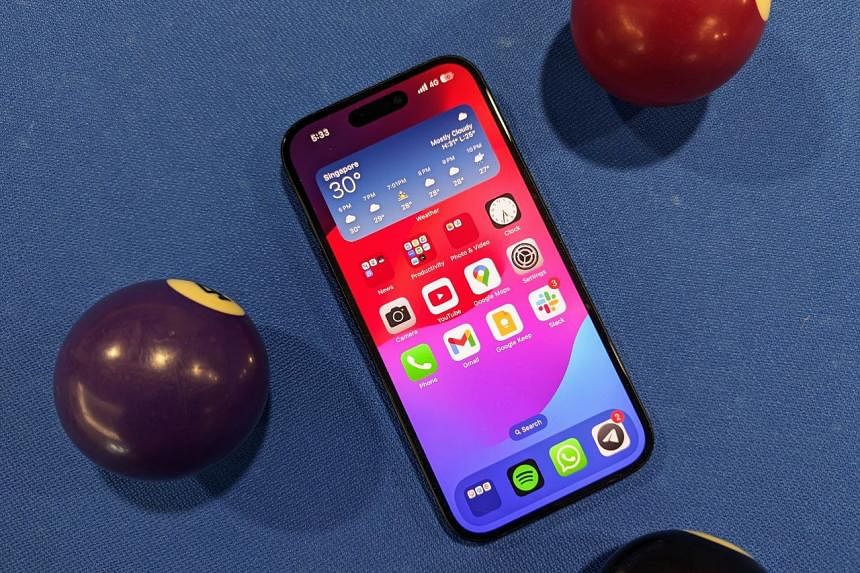SINGAPORE - Another year, another iPhone. You know the drill.
The iPhone 15 is yet another polished and sleek iteration of the device, and just as expensive as the Apple loyalists have come to expect.
But there is a reason to turn to the iPhone 15 over the now-discounted iPhone 14 if you’re looking for an upgrade. What would seal the deal: a new 48-megapixel (MP) main camera previously exclusive to the iPhone 14 Pro, and a USB Type-C charging port, which allows the iPhone to join the majority of devices from multiple brands to share a single cable. USB-C has been a long time coming.
Available on Friday, the 6.1-inch iPhone 15 and 6.7-inch iPhone 15 Plus will set you back between $1,299 and an eye-watering $1,929, depending on storage.
iPhone’s annual releases have never been affordable (especially since Apple quietly dropped the cult-favourite iPhone Mini from its line-up earlier in 2023), but that’s the price users pay for refinement and seamless integration with the rest of the Apple ecosystem.
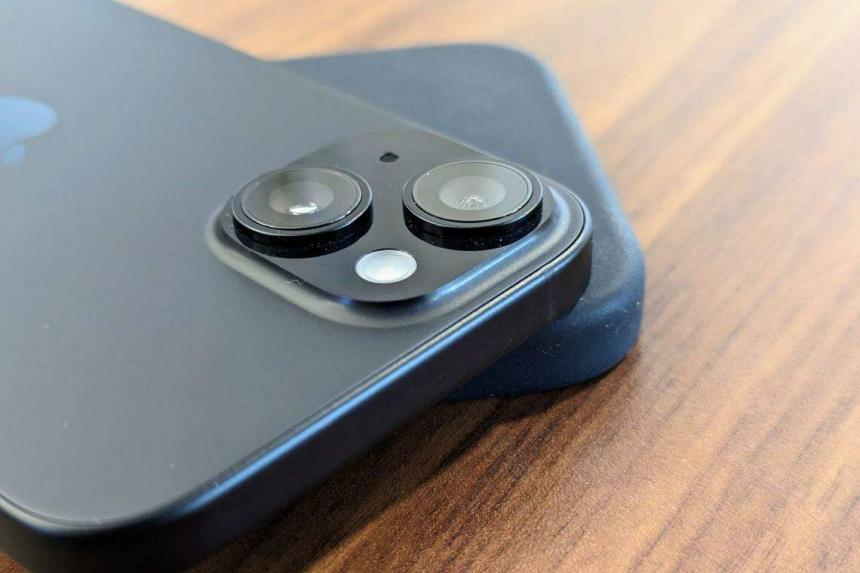
New features
Apple has spiced up the design of the iPhone 15 with a matte glass back that is infused with colour – black, light blue, green, yellow or pink.
This method of colouring the phone is different from other phones that have a clear sheet of glass slapped on top of a coloured surface, giving the iPhone 15 a softer look. It also makes it feel like you’re holding a slab of coloured rock, which is unlike any other glass or plastic phone I’ve held.
Along with its slightly more rounded corners that seem to almost blend the glass with its aluminium frame, the phone looks and feels premium (unless, of course, it is covered in a case).
At the top of the screen, the iPhone 15 inherits the iPhone 14 Pro line’s Dynamic Island, Apple’s innovative take on the camera cut-out, which doubles as a shape-shifting hub for notifications.
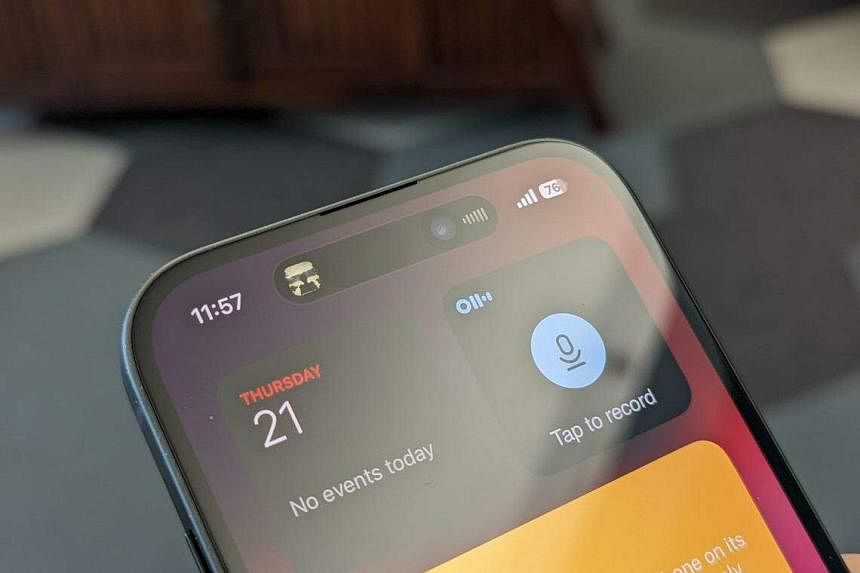
It is funny that Apple’s answer to hiding the front-facing camera is to make it even more prominent, even as camera cut-outs on Android phones become smaller, or nearly invisible like Samsung’s under-display selfie camera.
The Dynamic Island doesn’t try to hide itself, boldly shifting shapes to indicate an active recording or music playing. But Apple doesn’t allow users to scroll text behind the cut-out in order to maximise the screen. Its rather inelegant solution is to block out the top of the phone with a grey bar to accommodate the pill-shaped cut-out, which in fact creates more dead space.
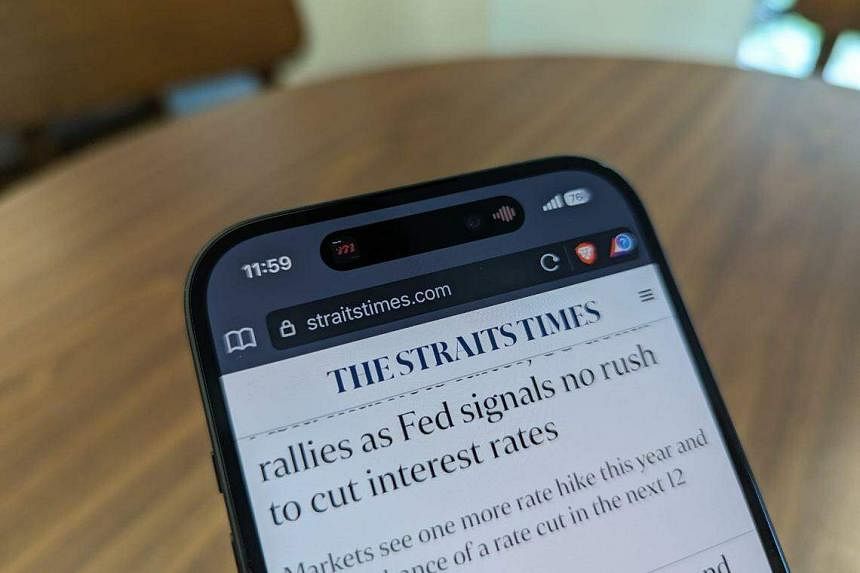
Finally, USB-C
Perhaps the most significant change for the iPhone is the swop from Apple’s proprietary Lightning port to a USB-C port, due to pressure from the European Union.
The switch means that users can finally use the same charging cables that power up almost every other digital device today, including most tablets and laptops and even Apple’s own iPads and MacBooks, as well as many rechargeable electrical appliances.
The use of the USB-C doesn’t just reduce the number of cables you have lying around, but allows the iPhone to be plugged into an external monitor and even charge other devices, like the new AirPods Pro, which also comes with the new port.
New gadgets are often solutions to First World problems, and this is just another glorious example of an inconvenience fixed.
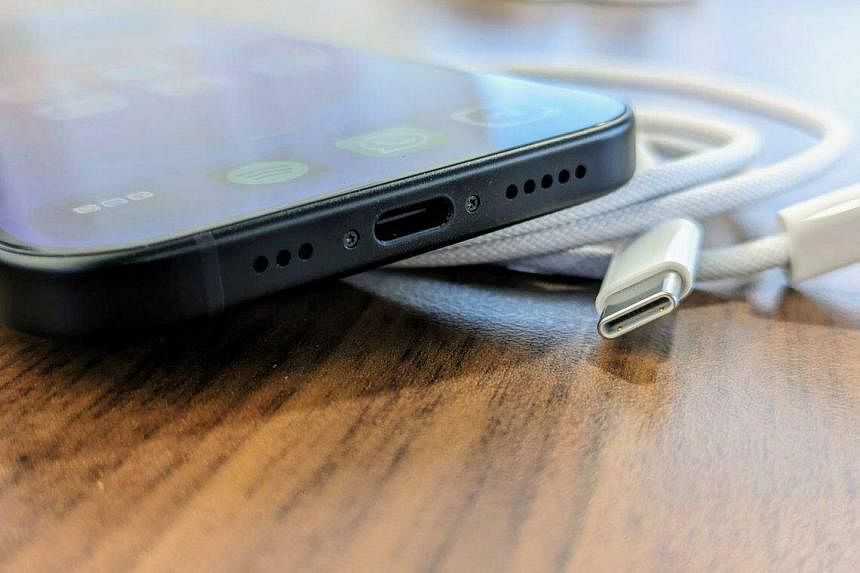
Apple has also upgraded the charging cable that comes in the box to a more durable braided cable, which should put an end to the fraying that happens to many of its previous rubber cables.
But those expecting the versatility of USB-C cables seen on laptops and most Android phones will be left wanting as the iPhone 15 is equipped only with the lower-end USB 2.0 port, unlike the iPhone 15 Pro line that comes with the USB 3.0 port.
Apple said the iPhone 15 will take 30 minutes to juice up half of its reportedly 3,349mAh battery. In comparison, the similarly priced Google Pixel 7 Pro takes the same time to charge half of its 5,000mAh battery.
The iPhone 15 also can’t transfer files as quickly as its better-equipped sibling – this alone may be enough for those who frequently deal with heavy video files to consider buying the iPhone 15 Pro instead.
Good camera, better software

In the camera department, the iPhone 15’s sensors produce the same high-quality shots that are easy to capture without much fuss.
The standard iPhones have used 12MP sensors since before the iPhone 11, making the iPhone 15’s 48MP main sensor the most significant leap forward in years. The upgrade allows the photos to pack in more details, but each shot will take up roughly 50 per cent more storage space, unless you select the 12MP shots in the settings menu, down from the default 24MP.
In the two days I spent testing the phone, its shots captured plenty of details within each frame, even when I zoomed in to scrutinise the pixels. Night-time shots were generally clear, with some lens flare that can be tamed by tapping on other parts of the frame to refocus the camera.
The most impressive aspect of photo-taking with the iPhone 15 is its software, specifically the auto-portrait mode, which lets you take a photo and edit the focus later, switching it between foreground and background at will.
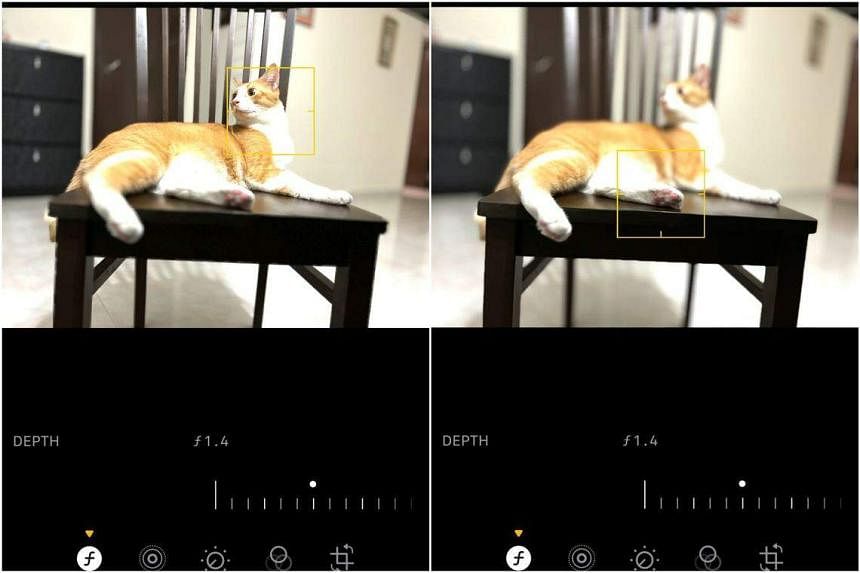
It saves users the trouble of deciding between photo and portrait mode when taking pictures. (Other phone manufacturers, please take note.)
The go-to iPhone
When it comes to the rest of the software on the iPhone, users know exactly what to expect. The iPhone 15 is rolled out with iOS 17, which packs a host of new features, like the handy contact-sharing function cheekily called NameDrop, which works like AirDrop for contacts.
The Ultra Wideband chip, responsible for the phone’s spatial awareness, allows for precision tracking from farther away, so that friends can find each other in a crowd.
It all runs on a bright Super Retina XDR Oled screen that allows easy viewing even in harsh daylight. But the screen’s low refresh rate of 60hz is a hard pill to swallow, as it feels slower to scroll through text compared with similarly priced rival models with double the refresh rate.
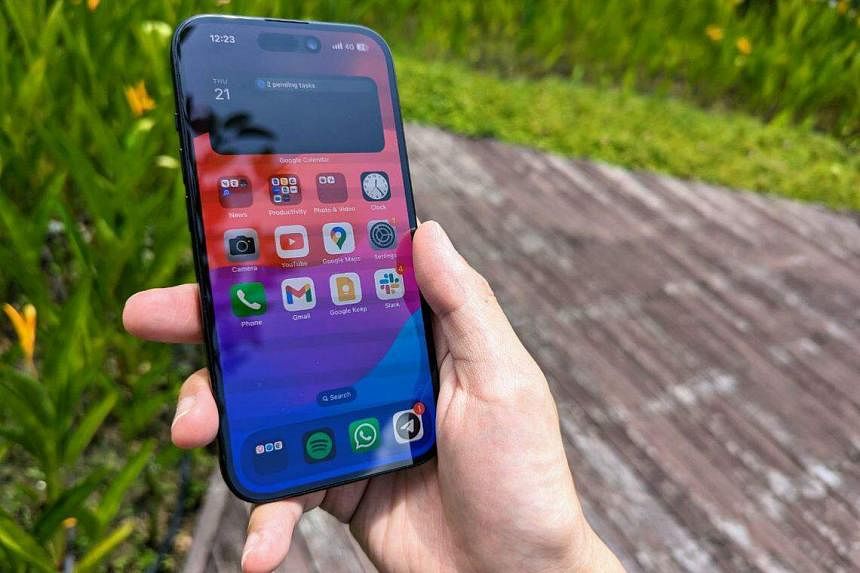
But the iOS still retains many of the inconveniences that have marred the iPhone experience for me over the years, having switched between Android and iOS.
Briefly: Why can’t I close all my app windows at the push of a single button instead of swiping each app individually? Why must all the app icons parade in rows of four, flushed to the top left, like some military contingent? And why can’t I resize my widgets to see more information like my e-mails?
My personal gripes aside, the jump to the iPhone 15 is far more impressive than that with previous iterations – even close enough to trade blows with the better-specced iPhone 14 Pro, which has been removed from the Apple website and is in low stock at online stores.
Users won’t be left behind as more app developers roll out new ways to display information on the handy Dynamic Island cut-out, and the shift to USB-C opens up new possibilities for the iPhone moving ahead.
Let’s not forget the seriously powerful A16 Bionic chip that it inherited from last year’s Pro model, making this year’s entry-level devices on a par with 2022’s flagship iPhone. It will give users the confidence to hold on to the iPhone 15 for years, coupled with Apple’s generous software updates along the way.
As the go-to phone for most iPhone users, the iPhone 15 is more than capable.
